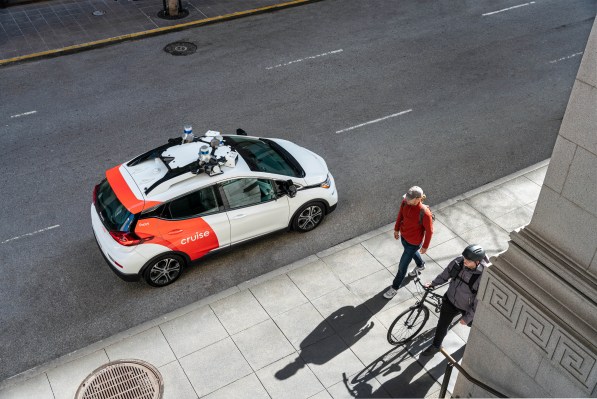
Cruise said Thursday evening it has paused all driverless operations, a decision that comes just two days after the California Department of Motor Vehicles suspended Cruise’s deployment and driverless testing permits effectively ending its robotaxi operations in the state.
The action means that driverless operations in Austin, Houston and Phoenix where the company was charging for rides, has ended. Cruise has also ended driverless operations in Miami, where just yesterday the company had quietly launched, according to sources familiar with the company’s activities.
Cruise said in a post on social media site X that it will take time to examine its “processes, systems, and tools and reflect on how we can better operate in a way that will earn public trust.” The GM self-driving subsidiary said it was taking the action to rebuild public trust and added it was not related to any new on-road incidents.
Cruise said it will continue with supervised autonomous vehicle operations, which means that a human safety operator will be behind the wheel.
“We think it’s the right thing to do during a period when we need to be extra vigilant when it comes to risk, relentlessly focused on safety, & taking steps to rebuild public trust,” the company posted.
Cruise’s decision is an about face to internal communications with its employees during an all-hands meeting held Wednesday afternoon, according to sources. In that meeting, co-founder and CEO Kyle Vogt told staff the company had not paused operations elsewhere besides California and gave no indication that the company was planning to. Instead, Vogt told employees the company was re-evaluating how it discloses information to regulators to ensure it is clearly communicated, according to account from sources who heard the call.
The California DMV suspended Cruise’s permits on October 23 about three weeks after an incident that left a pedestrian, who had been hit by a human-driven vehicle that fled the scene, stuck under a Cruise robotaxi. The Cruise vehicle was in the adjacent lane. DMV was already investigating Cruise and had forced the company to reduce its fleet by 50% following a collision in August with an emergency vehicle.
The DMV said in its order of suspension that it took the action after learning that Cruise had withheld video footage from its investigation into the October 2 event. DMV said Cruise showed it video footage of the accident captured by the AV’s onboard cameras, which ended with the robotaxi’s initial stop following a hard-braking maneuver. The agency said it later learned there was additional footage that showed the AV then attempting a pullover maneuver while the pedestrian was underneath the vehicle. The AV traveled about 20 feet and reached a speed of 7 miles per hour before coming to a complete and final stop, the DMV said.
Cruise has repeatedly insisted that it did show the DMV the entire footage, but conceded that it could have been better about providing a detailed explanation about what happened. The DMV has told TechCrunch it stands by its assessment.

